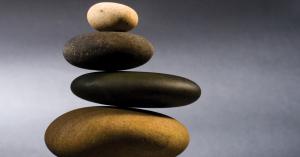Five forces are putting the squeeze on electricity consumption.
Ahmad Faruqui is a principal at The Brattle Group, and Eric Shultz is a research analyst. This article was revised from Faruqui’s presentation at the Goldman Sachs Power & Utility Conference on Aug. 14, 2012. The authors acknowledge research assistance by Jennifer Palmer.
Demand for electricity has plummeted since the onset of the recession in December 2007. And while the recession ended 18 months later, the slowdown in growth has persisted. It’s tempting to attribute the slowdown in growth to the recession, but that would be wrong.

The distribution of electricity sales growth—two-decade intervals—presented in Figure 1 shows that demand growth has been declining since 1950, from an average annual electricity sales growth rate of 9.86 percent during the ’50s to an average annual growth rate of 0.85 percent in the first decade of the 21st century. To some extent, a slowdown in population growth since 2009 might be blamed for a slowdown in demand growth. However, after rising in the 1990s from around 11,000 kWh to 12,000 kWh, per-capita consumption has flattened off. On an aggregate basis, according to the U.S. Energy Information Administration, total delivered electricity use in the all sectors is predicted to increase at an annual growth rate of 0.7 percent per year from 2010 through the year 2035.

